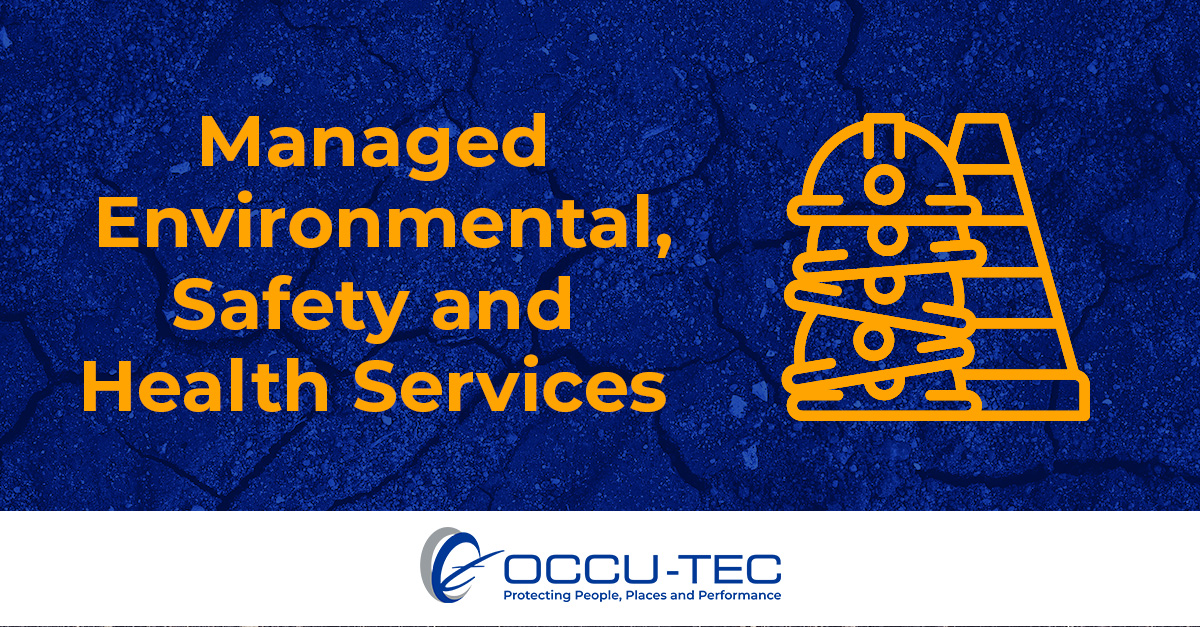4 min read
Does the Property You Want to Purchase Have a Hidden Danger?
 OCCU-TEC, Inc.
:
Oct 28, 2025
OCCU-TEC, Inc.
:
Oct 28, 2025
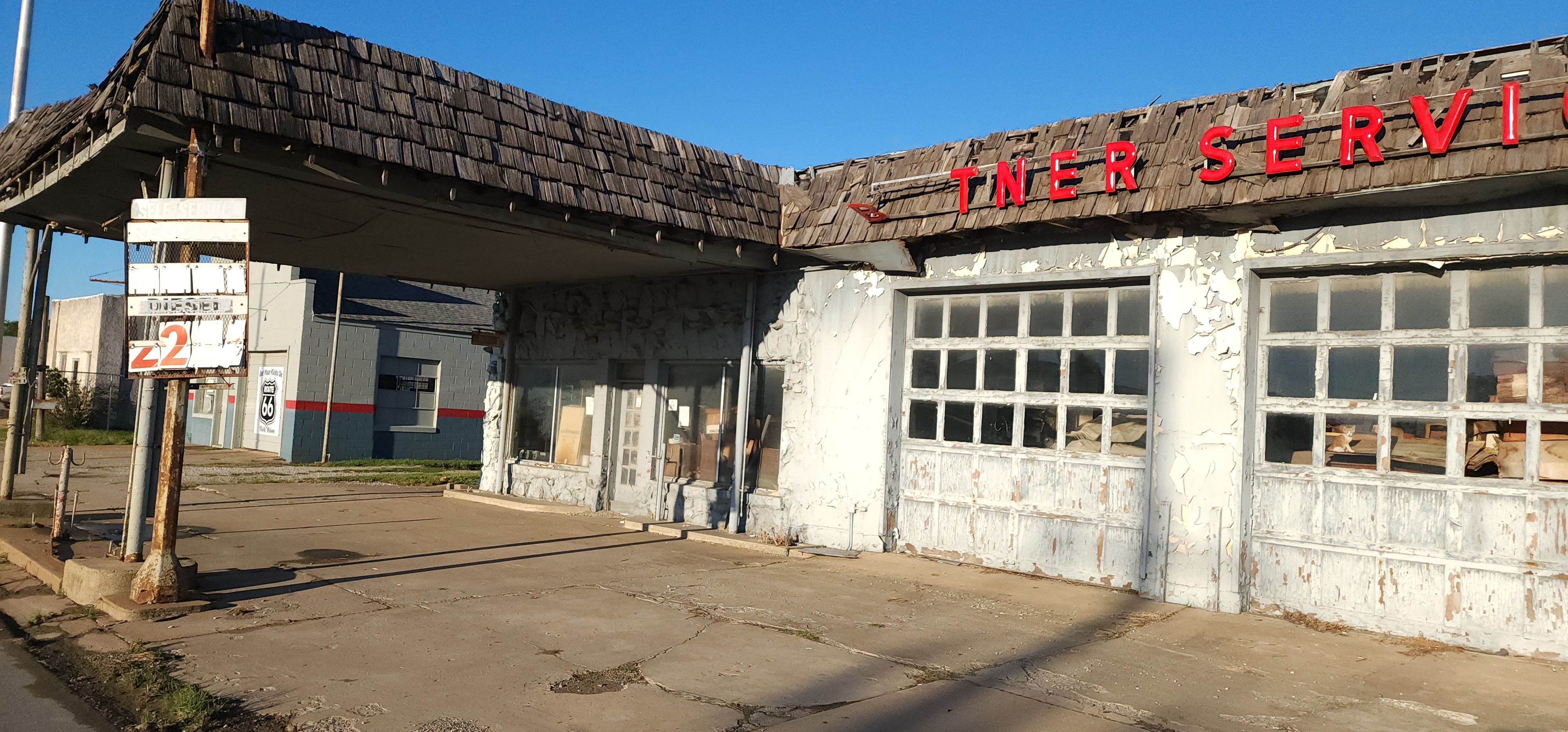
When it comes to purchasing commercial or industrial property, what you can’t see can hurt you. Beneath the surface, literally and historically, may lie costly, dangerous environmental issues that don’t show up in a basic inspection or appraisal. That’s why smart buyers make environmental due diligence part of their process from the start.
At OCCU-TEC, we help clients identify and address environmental risks before they sign on the dotted line. Our team of experts specializes in Phase I Environmental Site Assessments (ESAs), a critical first step in evaluating a property’s historical use, potential contamination and long-term viability.
If you're investing in a new facility, acquiring a distressed property or developing land with a long industrial past, a Phase I ESA is your best line of defense.
What Is a Phase I Environmental Site Assessment?
A Phase I ESA is an in-depth investigation designed to identify Recognized Environmental Conditions (RECs) on or around a property. This includes the potential presence of hazardous substances or petroleum products due to current or historical activities, such as fuel storage, dry cleaning, metal fabrication or improper chemical disposal.
The goal? To uncover environmental liabilities before they become your responsibility.
Unlike a basic property inspection, a Phase I ESA focuses on environmental risk, and it’s often required by lenders and developers as part of a responsible environmental due diligence process.
What’s Included in a Phase I ESA?
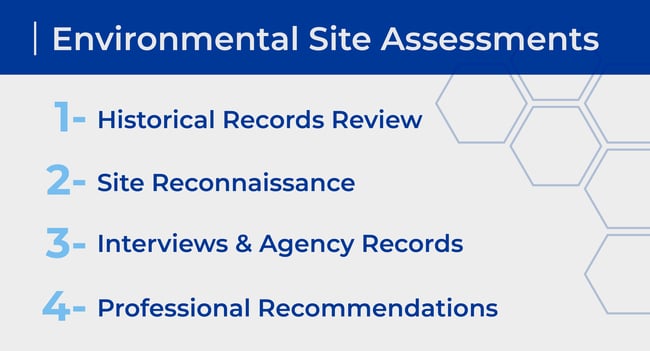
At OCCU-TEC, our ESAs follow the ASTM E1527-21 standard and include:
Historical Records Review
We dig deep into:
- Aerial photographs and fire insurance maps
- Sanborn maps and city directories
- Permitting history and prior uses of the site
- Adjoining property activities that may pose a threat
This step often uncovers surprising past uses, such as dry cleaners, auto shops, fueling stations or manufacturing, that aren’t visible in the current condition of the property.
Site Reconnaissance
We physically inspect the property for:
- Staining, stressed vegetation or unusual runoff
- Above ground or underground storage tanks
- Dumping, debris or unusual odors
- Areas of concern around HVAC, mechanical or fueling systems
We also evaluate access points, drainage patterns, and adjacent property impacts.
Interviews and Agency Records
Our team contacts current and past property owners, occupants and relevant regulatory agencies to gather firsthand and documented insight into historical activities and violations.
Professional Recommendations
Our findings are delivered in a comprehensive report, with clear conclusions and, if needed, next steps, including recommendations for site assessments and remediation or further testing (Phase II).
Why Historical Use Matters More Than You Think
Many environmental hazards don’t leave obvious clues on the surface. In fact, some of the most expensive environmental liabilities are legacy issues, caused by activities that happened decades ago, often before regulations were in place.
For example:
- A commercial building may have once been a gas station with underground tanks that were never removed.
- An industrial site could have used solvents that seeped into the soil and groundwater.
- Older warehouses may have asbestos or lead-based paint that still pose occupational safety risks.
If these issues aren’t identified before the sale, the new owner may be liable, and cleanup can cost hundreds of thousands of dollars. That’s why environmental consulting firms like OCCU-TEC are essential partners in real estate transactions involving potentially impacted properties.
The Risks of Skipping a Phase I ESA
Without a Phase I ESA, buyers and investors face:
- Regulatory exposure under CERCLA (Comprehensive Environmental Response, Compensation and Liability Act)
- Delays or shutdowns due to unforeseen remediation needs
- Legal liability if contaminants impact surrounding properties or people
- Reduced property value or resale difficulties
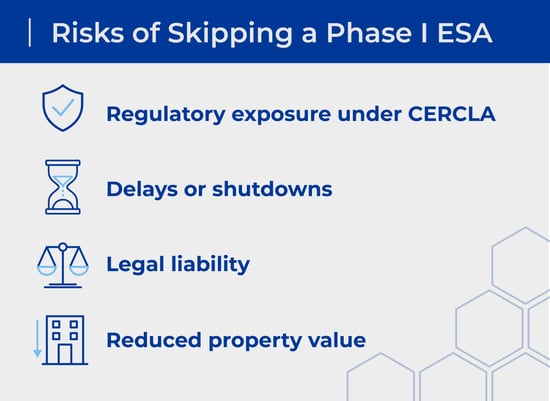
By conducting proper environmental due diligence, you’re not just protecting your finances; you’re also protecting your employees, future tenants and the community.
How OCCU-TEC Adds Value
With decades of experience in environmental consulting, OCCU-TEC offers more than a templated report. We bring:
- Industry-specific insight: From industrial manufacturing to fuel systems and institutional properties, we understand the nuances of environmental risk in your sector.
- Integrated services: If contamination is suspected or confirmed, we can provide follow-up site assessments and remediation support, saving time and cost.
- Regulatory expertise: We know how to navigate local, state and federal regulations to ensure compliance.
- Clear communication: We don’t just hand you a dense technical report; we explain what matters, why and what to do next.
When you partner with OCCU-TEC, you get a trusted advisor who helps you make confident, informed decisions, not just a checkbox in your closing packet.
Who Needs a Phase I ESA?
A Phase I Environmental Site Assessment isn’t just for large-scale developers or industrial giants; it’s an essential part of the acquisition process for anyone purchasing, refinancing or developing commercial property. If you're buying or refinancing a commercial or industrial site, particularly one with a long operational history, a Phase I ESA can protect you from unforeseen environmental liabilities. Many lenders even require it before closing as part of standard environmental due diligence.
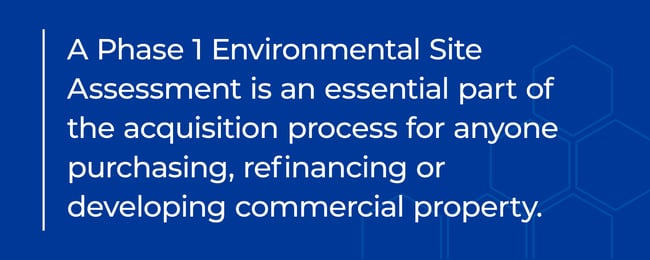
If the property has previously supported activities like fuel system operations, chemical manufacturing, dry cleaning, metalworking or other potentially hazardous uses, a Phase I ESA helps uncover risks that may be invisible during a typical building inspection. Even if the site appears clean today, its past uses could leave behind contaminants in the soil, groundwater or building materials.
You should also consider a Phase I ESA if you’re planning to develop raw or undeveloped land, especially in areas with a strong industrial past. What looks like an empty lot could be sitting on top of abandoned tanks, buried waste or residual chemicals from nearby historic operations.
Ultimately, anyone seeking peace of mind before acquiring or investing in property can benefit from a Phase I ESA. It’s a smart, proactive way to ensure that the property you’re buying won’t come with hidden environmental costs down the road.
Don’t Let Hidden Hazards Derail Your Investment
Property deals are complex enough, don’t let environmental surprises complicate yours. With OCCU-TEC, you’ll know exactly what you’re walking into and how to move forward with confidence.
From the initial Phase I ESA to in-depth testing and site assessments and remediation, we help protect your people, your places and your performance — every step of the way. Contact us today to get started.


.jpg)
